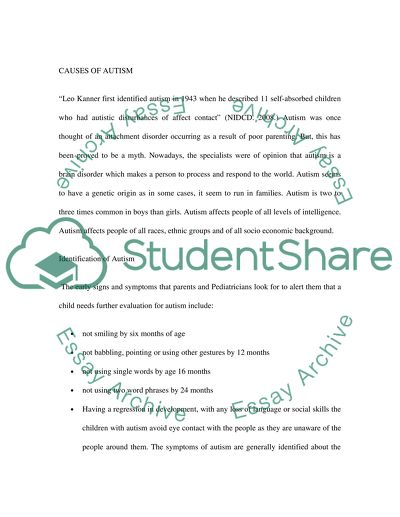Cite this document
(“Communicating with Children who have Autism Essay”, n.d.)
Retrieved from https://studentshare.org/psychology/1527656-communicating-with-children-who-have-autism
Retrieved from https://studentshare.org/psychology/1527656-communicating-with-children-who-have-autism
(Communicating With Children Who Have Autism Essay)
https://studentshare.org/psychology/1527656-communicating-with-children-who-have-autism.
https://studentshare.org/psychology/1527656-communicating-with-children-who-have-autism.
“Communicating With Children Who Have Autism Essay”, n.d. https://studentshare.org/psychology/1527656-communicating-with-children-who-have-autism.


